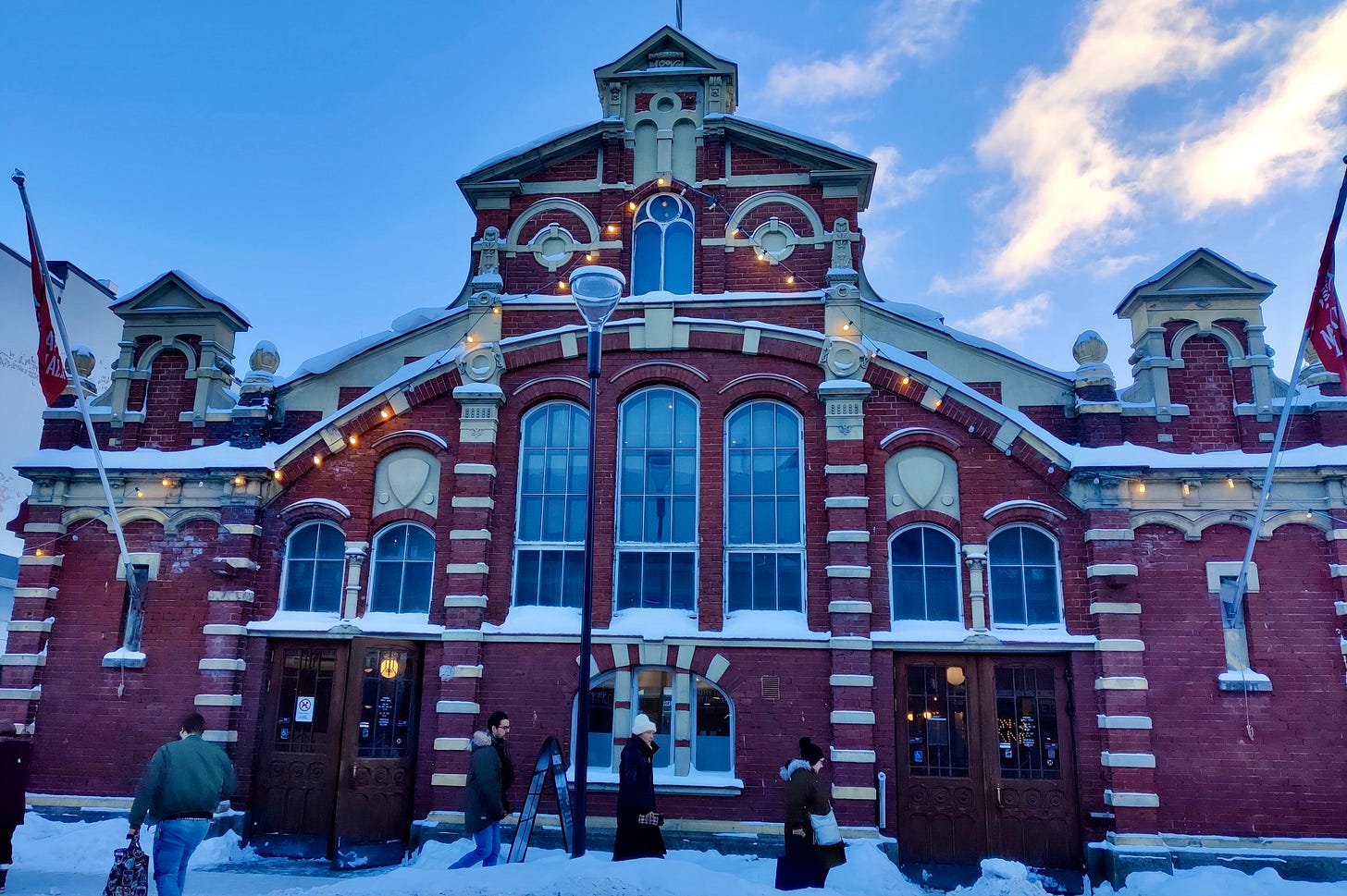Do you come turn into my wife?
A diary entry about a food hall and my struggle to talk Finnish
It has been a difficult week.
My two little ones have been exchanging viruses with each other the past few weeks. Soon as one had stopped coughing their lungs up in the evenings, the other quickly started. This week they had the good manners to be ill at the same time. We’ve had our hands full as a consequence, but at least they’re hea…


